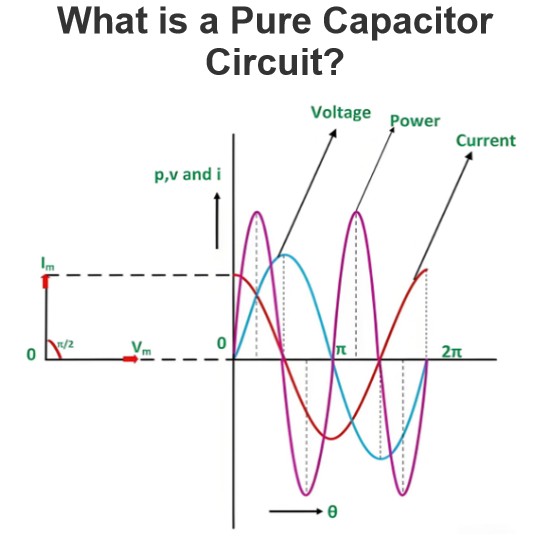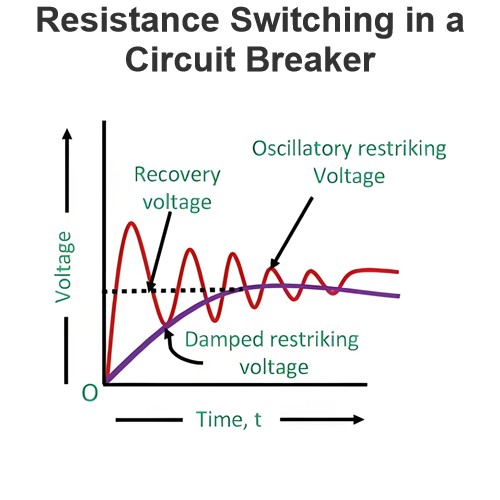Uninterruptible Power Supply (UPS): Block Diagram & Explanation
What is a UPS (Uninterruptible Power Supply)?
An Uninterruptible Power Supply (UPS) is defined as a piece of electrical equipment which can be used as an immediate power source to the connected load when there is a failure in the main input power source.
In a UPS, the energy is generally stored in flywheels, batteries, or super capacitors. When compared to other immediate power supply system, UPS have the advantage of immediate protection against the input power interruptions.
It has very short on-battery run time; however this time is enough to safely shut down the connected apparatus (computers, telecommunication equipment etc) or to switch on a standby power source.
UPS can be used as a protective device for some hardware which can cause serious damage or loss with a sudden power disruption.
Uninterruptible power source, Battery backup and Flywheel back up are the other names often used for UPS. The available size of UPS units ranges from 200 VA which is used for a solo computer to several large units up to 46 MVA.
Major Roles of a UPS
When there is any failure in main power source, the UPS will supply the power for a short time. This is the prime role of UPS. In addition to that, it can also able to correct some general power problems related to utility services in varying degrees.
The problems that can be corrected are voltage spike (sustained over voltage), Noise, Quick reduction in input voltage, Harmonic distortion and the instability of frequency in mains.
Types of UPS
Generally, the UPS system is categorised into On-line UPS, Off- line UPS and Line interactive UPS. Other designs include Standby on-line hybrid, Standby-Ferro, Delta conversion On-Line.
Off-line UPS
This UPS is also called as Standby UPS system which can give only the most basic features. Here, the primary source is the filtered AC mains (shown in solid path in figure 1).
When the power breakage occurs, the transfer switch will select the backup source (shown in dashed path in figure 1).
Thus we can clearly see that the stand by system will start working only when there is any failure in mains. In this system, the AC voltage is first rectified and stored in the storage battery connected to the rectifier.
When power breakage occurs, this DC voltage is converted to AC voltage by means of a power inverter, and is transferred to the load connected to it.
This is the least expensive UPS system and it provides surge protection in addition to back up. The transfer time can be about 25 milliseconds which can be related to the time taken by the UPS system to detect the utility voltage that is lost. The block diagram is shown below.
On-line UPS
In this type of UPS, double conversion method is used. Here, first the AC input is converted into DC by rectifying process for storing it in the rechargeable battery.
This DC is converted into AC by the process of inversion and given to the load or equipment which it is connected (figure 2).
This type of UPS is used where electrical isolation is mandatory. This system is a bit more costly due to the design of constantly running converters and cooling systems.
Here, the rectifier which is powered with the normal AC current is directly driving the inverter. Hence it is also known as Double conversion UPS. The block diagram is shown below.
When there is any power failure, the rectifier have no role in the circuit and the steady power stored in the batteries which is connected to the inverter is given to the load by means of transfer switch.
Once the power is restored, the rectifier begins to charge the batteries. To prevent the batteries from overheating due to the high power rectifier, the charging current is limited. During a main power breakdown, this UPS system operates with zero transfer time.
The reason is that the backup source acts as a primary source and not the main AC input. But the presence of inrush current and large load step current can result in a transfer time of about 4-6 milliseconds in this system.
Line Interactive UPS
For small business and departmental servers and webs, line interactive UPS is used. This is more or less same as that of off-line UPS.
The difference is the addition of tap changing transformer. Voltage regulation is done by this tap-changing transformer by changing the tap depending on input voltage. Additional filtering is provided in this UPS result in lower transient loss. The block diagram is shown below.
UPS Applications
Applications of a UPS include:
Data Centers
Industries
Telecommunications
Hospitals
Banks and insurance
Some special projects (events)
Source: Electrical4u.
Statement: Respect the original, good articles worth sharing, if there is infringement please contact delete.
Electrical4U is dedicated to the teaching and sharing of all things related to electrical and electronics engineering.
















